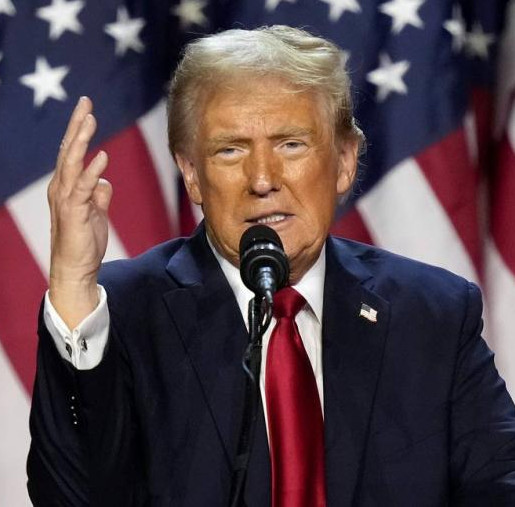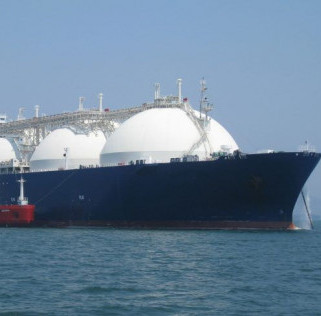In recent years, global economic crises have come about every ten years. 2008 saw the collapse of Lehman Brothers bank and the sub-prime mortgage market meltdown. In 1997-98, Barings went bankrupt and Russia defaulted on its sovereign debt - all after a crisis in the tiger economies of Asia. While in 1987, Black Monday saw investors on the London stock exchange awake to tumbling markets worldwide.
For those who believe markets move in cycles, 2018-19 does not have the brightest prognosis.
During a crisis, everything seems unforeseen and unpredictable: a black swan event out of the blue. After a crisis, the whole situation is seen as inevitable, leaving investors wondering why nobody noticed the obvious.
In truth the signs are always there. Experts are merely looking the other way. So while mainstream news media focus on Trump's policies towards China, the painfully slow progress of Brexit, and the World Cup, where could the next crisis come from?
The most likely candidate, according to London-based Southbank Research, is Italy. And again, the cause of the potential crisis is debt.
Italy has the third largest credit market in the world at €2 trillion. The interest cost of that debt is €86 billion every year, 10% of total government spending, 4% of GDP, the highest levels in Europe. This is more than €35,000 for every person in the country.
Debt levels are 32% higher than the country's GDP. And with GDP rising at less than 1% a year, the situation is not going to improve. It is estimated that 16% of debt held by the Italian banks is still toxic, and unlikely to be recovered. Deutsche Bank estimates this debt is €349 billion - more than the Greek default, similar to the 2008 sub-prime crisis.
Economic problems in Italy are nothing new. GDP has remained flat for a decade, while debt has grown by €800 million. Living standards are lower now than ten years ago, and only slightly above 1999 levels when the country joined the euro. There have been five recessions since then. Unemployment remains at 10%, and for young people it is near 30%.
Two factors, however, mean this simmering malaise could be brought to the boil rapidly in the next few months.
The first is the movement of economic indicators behind the scenes. The rarely mentioned Target2 Balance System is the interbank trading platform for the eurozone. It indicates where money is being moved around the bloc. In 2011, the system showed some €300 billion per month was leaving Greece pre-crisis. At its peak, just before the crisis, this was €700 billion per month.
During 2018, sales of Italian debt have been over €700 billion per month, and are continuing to rise. €12.6 billion of government debt was sold in December 2017, representing €40 billion in the last quarter of the year.
The second factor, and the one most likely to bring Italy into conflict with the EU, is the result of recent elections in the country. These have brought to power an unlikely coalition between the right wing League and the anti-establishment Five Star movement. Both are populist, both favour better relations with Russia, and both have fiercely criticised the EU during their campaigns.
Put simply, Five Star wants to increase public spending on social protections to soften the effects of unemployment. This conflicts with EU rules on increasing national deficits. The market orientated League argues that Italy's economy would be more competitive if it could devalue its currency. This is impossible because of the one-size-fits-all euro. The weaker southern economies, so critics argue, pull down the value of the euro enough to keep German exports competitive; but the strength of the German economy does little to benefit the poorer south.
Signs of political clashes to come were seen days after the coalition was formed. When Paolo Savona was put forward as finance minister, an economist who has suggested that Italy adopt a parallel currency with the euro, he was vetoed by the president, Sergio Mattarella, leading some to call for his impeachment, the fragile coalition to collapse, and a technocratic interim government to be formed until more decisive elections could be called.
However, the strength of the resulting backlash against what some called a pro-European elite deep state coup, meant that this technocratic government was dissolved, the Five Star - League coalition was reinstated, and the controversial Savona appointed to the post of minister for European Affairs: hardly a less provocative position for a man who previously criticised Germany for its commanding role in the euro area.
With economic troubles and political instability aligning, there can be little doubt that Italy's difficulties will continue. The key question is whether the damage can be contained in the country. Nevertheless, Italy, one of Europe's largest economies, has significant debt held in France, China, Germany, the US and the UK.
It is often argued that globalised markets are more stable, due to the spread of risk. However, the Southbank Research paper suggests the opposite, quoting former Federal Reserve member, economist Randall Kroszner: "many layers of intermediation create chains of interlinkages that can make the entire system more vulnerable to shocks".
While Italy's new coalition leaders have shown no real political will to leave the eurozone, the main risk is that the deteriorating economic situation could create the paradoxical position where the importance of the country makes it economically too big to be allowed to fail; but the size of the debt also makes it too big to be bailed out. A recipe for an impending crisis if ever there was one. How long can the financial markets afford to look away, or keep their heads in the sand?









